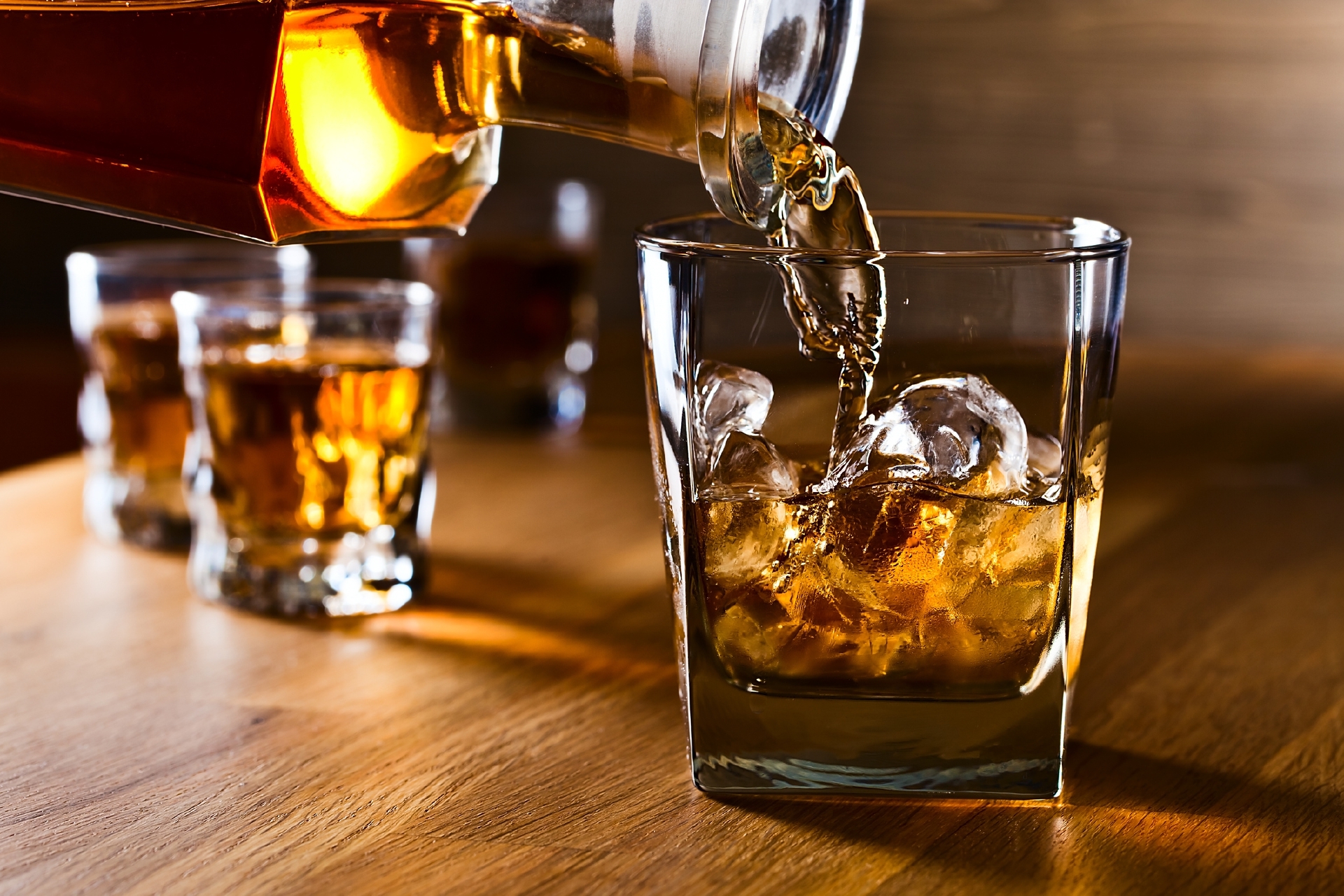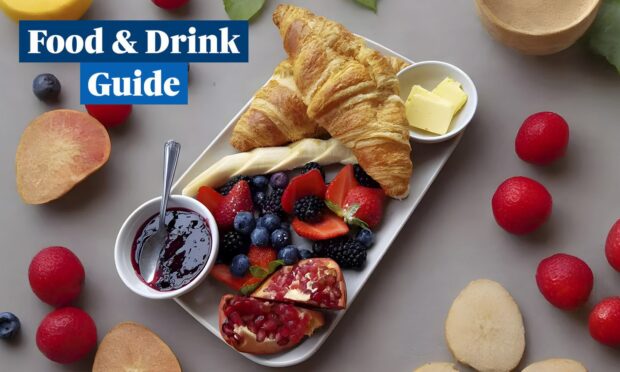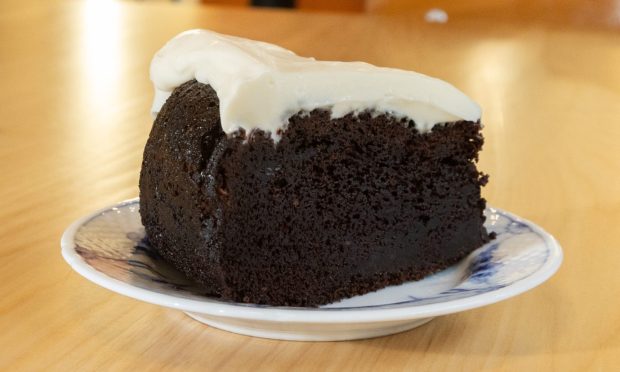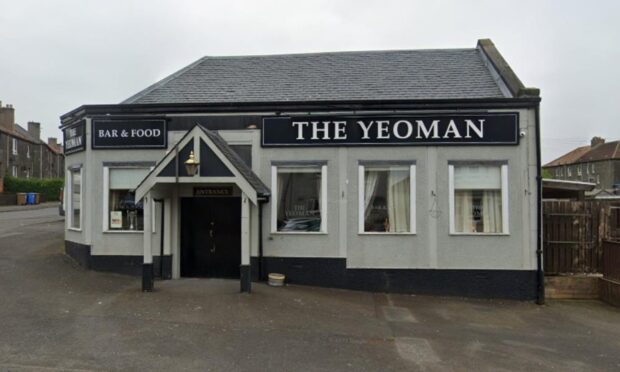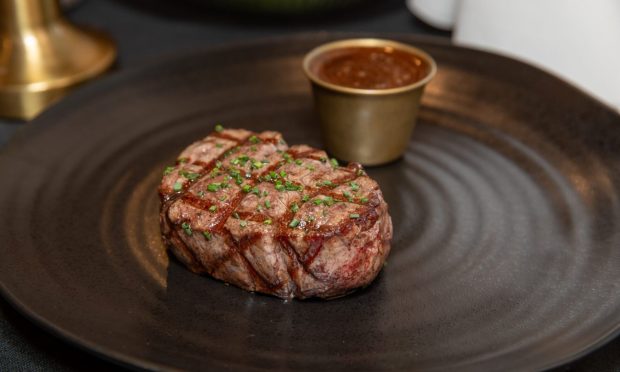The Scotch Whisky Association (SWA) is one of countless trade bodies across the UK that is trying to prepare for the uncertainties of Brexit. Whisky is one of Scotland’s, and Britain’s, most valuable exports, earning more than £4 billion a year overseas and UK sales earning the Treasury zillions from excise duty and VAT.
The industry also consists of many firms, ranging from the giants such as Diageo and Pernod Ricard to minnows operating one small, but successful, malt distillery. The vast majority belong to the SWA and it is a trade organisation with serious clout. Not quite on a par with General Motors in their forgotten US heydays (when one comedian quipped: “Washington won’t say boo to General Motors in case they cut the Government off without a cent”), but very influential nonetheless.
The SWA has been the main obstacle stalling the Scottish Government’s 50p-a-unit minimum pricing policy, earning former Holyrood minister Ian MacAskill’s wrath in the process. It also managed to persuade former Chancellor George Osborne to cut spirit duty by 2%, although that has since been reversed in later budgets.
Currently, excise duty and VAT on a 70cl and 40% bottle of whisky is 10.32 on the alcohol alone. It is the third highest spirit duty in the EU but still the SNP seems determined to pursue their 50p policy to the bitter end, which seems extraordinary, indeed perverse, when whisky is by far Scotland’s most successful and enduring export. However, as recent years have increasingly shown, political dogma rarely has anything to do with logic.
One point constantly raised by the SWA is that alcohol in beer and cider is taxed at one rate, wine at a higher rate and spirits at a far higher rate again. For decades the SWA has sought to create a level playing field where all alcohol is taxed at the same rate. Obviously, beer and cider, with alcohol levels at about 4%, will pay a tenth of the rate by volume of whisky at 40%, but it would still be a “level playing field” compared to the current situation, where alcohol in spirits is taxed 51% more per millilitre than alcohol in beer or cider.
However, it looks like another irresistible force meeting another immovable object.
